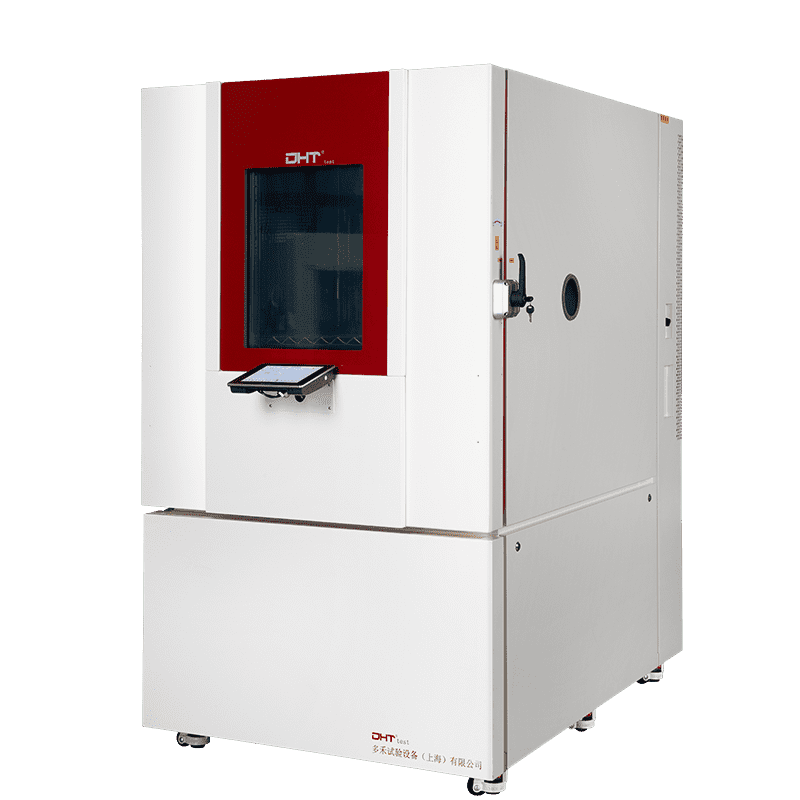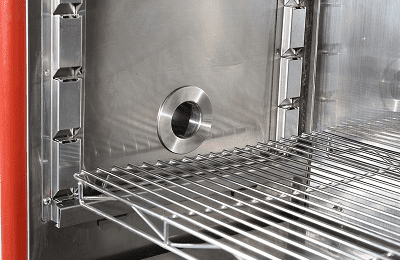Written by Shirley
Product Manager, Doaho Test (DHT®)
In laboratories, you may often encounter a standard temperature chamber: a device that places samples in a controlled high- or low-temperature environment to check for performance degradation.
But many engineers share the same frustration: “If my product passed the temperature test in the lab, why does it still fail in the market when exposed to humid, damp, or highly variable climates?”
This is precisely why the programmable temperature & humidity chamber exists. Unlike a conventional chamber that only regulates temperature, it enables complex programmable cycles of both temperature and humidity—reproducing environmental stresses much closer to real-world conditions.
Why isn’t a standard temperature chamber enough?
The strength of a conventional temperature chamber lies in its simplicity: you set a temperature range and test how a material or component performs under that condition. However, the natural environment is never driven by a single factor. In the real world, temperature shifts are almost always accompanied by fluctuations in humidity. Most failure mechanisms are the result of interactions, not temperature alone.
For example:
- Printed circuit boards are more prone to metal migration under high humidity.
- Rubber seals deteriorate significantly faster when exposed to combined heat/cold cycles and moisture, compared to heat alone.
This means that relying solely on temperature testing risks missing critical failure modes.
What is a Programmable Temperature & Humidity Chamber?
A programmable temperature & humidity chamber is an advanced environmental testing system designed to simulate the actual conditions products experience across varying temperatures and humidity levels.
Its defining feature is “programmability.” Users can pre-set one or multiple curves of temperature and humidity changes, and the chamber automatically executes the program—enabling complex cycles and gradient simulations.
Key capabilities include:
- Multi-step programming: Engineers can define dozens or even hundreds of temperature and humidity setpoints to replicate a product’s full lifecycle.
- Dynamic transitions: Rapidly shifting from -40 °C to +85 °C, layering 90% humidity, then plunging into low-moisture conditions—recreating extreme stresses from transport, storage, or field use.
- Long-term stability: Maintaining precise control of humidity and temperature over hundreds or even thousands of hours, ensuring reliable test results.
With this approach, companies can perform accelerated lifetime prediction—achieving in weeks what would normally take years of natural exposure.
Which industries rely on it most?
- Automotive: EV battery packs and electronic control systems must withstand thermal cycling and humidity tests to ensure safety under varying environments.
- Consumer electronics: Smartphones and wearables are highly sensitive to humidity; validating durability across climates is essential.
- Aerospace & defense: Equipment operating in complex environments cannot tolerate failures—stringent environmental testing is mission-critical.
- Pharmaceuticals & material science: Stability and storage condition studies require precise, repeatable control of temperature and humidity.
How do you know if you should upgrade to a programmable system?
Ask yourself these four questions:
- Does your product need to perform reliably in diverse climates (e.g., humid Southeast Asia, temperate Europe)?
- Have you found that lab tests pass, but real-world use still leads to frequent failures?
- Are your customers demanding compliance with stricter international standards (e.g., IEC, MIL-STD)?
- Do you want to shorten development cycles by uncovering potential issues earlier?
If the answer to even one is “yes,” upgrading to a programmable temperature & humidity chamber is almost certainly the right move.
Conclusion: From simple testing to predictive reliability
A temperature chamber is a fundamental tool, ideal for entry-level or single-variable verification. But a programmable temperature & humidity chamber is indispensable for advanced R&D and competing in global markets.
In environmental testing, there are no universal answers—only the question of whether conditions are close enough to reality. The companies that lead their industries are not those that merely “pass the test,” but those that use environmental simulation to predict failures, mitigate risks, and earn long-term trust.
As a dedicated manufacturer of environmental test chambers, DHT® is committed to delivering high-precision, customizable solutions that empower companies to take control of quality. By identifying potential risks before products reach the market, we help our clients enhance both competitiveness and brand value. If you are considering upgrading or purchasing a new chamber, we invite you to contact DHT®—our expert team will help you find the solution best suited to your needs.


